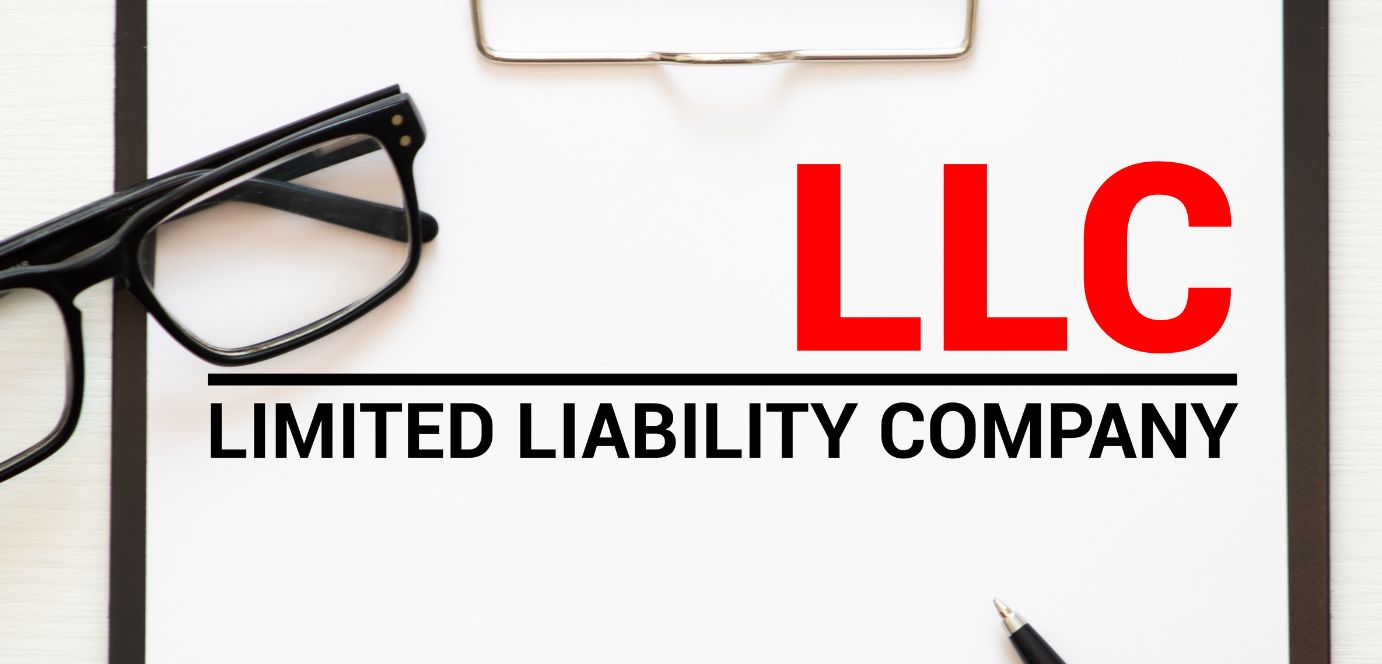A Limited Liability Partnership (LLP) is a business structure that combines the flexibility of a partnership with the benefits of limited liability. In an LLP, partners are not personally liable for the debts and liabilities of the business beyond their contributions, similar to shareholders in a corporation.
Formation of LLP
Forming an LLP involves registering the business with the Registrar of Companies (ROC) and complying with the requirements of the Limited Liability Partnership Act, 2008. The process includes choosing a suitable name for the LLP, drafting a partnership agreement, and filing the necessary documents with the ROC.
Characteristics of LLP
An LLP is considered a separate legal entity, distinct from its partners. This means that the LLP can own property, enter into contracts, and sue or be sued in its own name. Additionally, the liability of partners is limited to their agreed contribution, protecting their personal assets.
Advantages of LLP
One of the key advantages of an LLP is limited liability, which provides a level of protection to partners’ personal assets. LLPs also offer flexibility in management, as partners can participate in the day-to-day operations without being personally liable for the actions of other partners.
Disadvantages of LLP
Despite its advantages, an LLP has some limitations. For example, there is a restriction on the maximum number of partners an LLP can have, which may limit its ability to raise capital. Additionally, LLPs are required to undergo an annual audit, adding to their compliance burden.
Comparison with Other Business Structures
LLPs are often compared to other business structures such as sole proprietorships, partnerships, and private limited companies. While each has its own advantages and disadvantages, an LLP is preferred by many due to its combination of limited liability and flexibility.
Process of Converting Other Business Structures to LLP
Converting an existing business structure to an LLP involves fulfilling certain legal requirements and obtaining approval from the relevant authorities. For example, a partnership can be converted to an LLP by filing Form 17 with the ROC along with the required documents.
Key Legal Requirements for LLP
LLPs are required to comply with certain legal requirements, such as filing annual returns and maintaining proper books of accounts. Additionally, LLPs must comply with the provisions of the Income Tax Act and pay taxes on their income.
Case Studies of Successful LLPs
Several LLPs have achieved success in various sectors, demonstrating the effectiveness of this business structure. For example, XYZ LLP, a technology startup, has leveraged the flexibility of an LLP to grow rapidly and attract investors.
Challenges Faced by LLPs
Despite their advantages, LLPs face certain challenges, including a lack of awareness among entrepreneurs and a compliance burden. Additionally, LLPs may find it challenging to access funding compared to other business structures.
Future Outlook for LLPs
LLPs are gaining popularity due to their benefits and flexibility. As regulatory frameworks evolve to support LLPs, they are expected to become an increasingly attractive option for entrepreneurs looking to start a business.
Conclusion
In conclusion, an LLP offers several advantages, including limited liability, flexibility in management, and tax benefits. Entrepreneurs looking to start a business should consider an LLP as a viable option due to its unique features and potential for growth.

